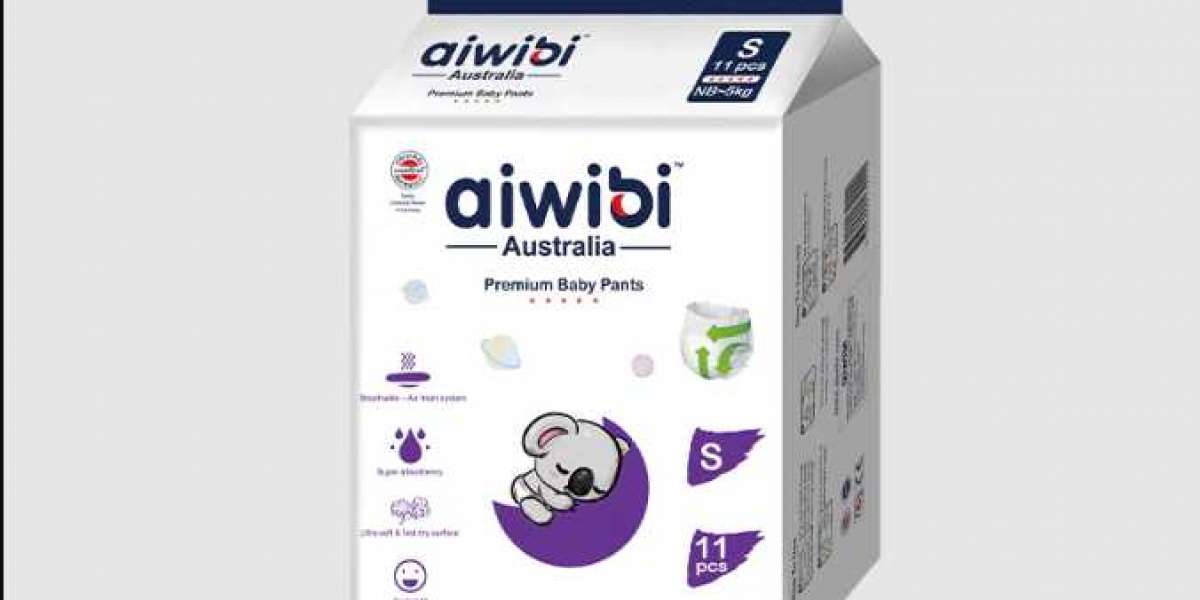Becoming a parent brings with it a whirlwind of decisions, from choosing the safest car seat to the softest baby blanket. Among these, one of the most frequent and important decisions you'll make is choosing the right nappy. With countless brands, styles, and materials on the market, it's easy to feel overwhelmed. This guide is here to help you navigate the world of nappies with confidence.
Understanding Your Baby's Needs
Babies come in all shapes, sizes, and temperaments, and what works for one child might not work for another. Newborns, for example, require nappies that are ultra-gentle on the skin and offer excellent leak protection, as they may go through as many as 10 to 12 changes a day. As your baby grows and becomes more active, the need for flexibility, absorbency, and a secure fit becomes more essential.
It's also worth considering any sensitivities your baby might have. Some babies have delicate skin that reacts to certain materials or fragrances, so hypoallergenic or fragrance-free options are a safer bet.
Cloth vs. Disposable Nappies
The age-old debate continues: cloth or disposable? Each has its pros and cons, and ultimately, it comes down to personal preference, lifestyle, and values.
Cloth nappies have gained popularity in recent years due to their environmental benefits and reusability. They can be cost-effective in the long run and are available in a range of styles and patterns. However, they do require more laundry and initial investment.
Disposable nappies, on the other hand, offer unmatched convenience. They're easy to use, readily available, and highly absorbent. For busy parents or those on the go, disposables are often the go-to choice.
Key Features to Look For in a Nappy
When shopping for nappies, here are a few features to keep in mind:
Absorbency: The core function of any nappy is to keep your baby dry. Look for products with high absorbency that wick moisture away from your baby’s skin. A nappy that holds liquid well will help avoid overnight leaks and keep your baby comfortable for longer. Good absorbency also reduces the risk of rashes and irritation.
Fit and Comfort: A snug but comfortable fit helps prevent leaks and ensures your baby can move freely. Adjustable tabs and stretchy sides are a bonus. Avoid nappies that are too tight around the thighs or waist, as they can leave marks and cause discomfort. Breathable panels can also help keep your baby cool and content.
Skin-Friendliness: Consider nappies made with gentle materials that are free from harsh chemicals and fragrances. Natural or organic fibres can be a great choice for babies with extra-sensitive skin. Always check the label for certifications or dermatological testing to ensure safety.
Wetness Indicators: These handy features let you know when it's time for a change, which can be especially useful during the newborn phase. Colour-changing lines take the guesswork out of nappy changes. They're particularly helpful at night or during long journeys.
Trying Out Different Brands
Not every brand will work the same for every baby, so it’s worth trying out a few to see which suits your little one best. Many companies offer trial packs or smaller quantities so you can test before committing to a full box.
Midway through your parenting journey, you might come across newer or international options that offer quality and comfort at an affordable price. One such option gaining popularity among parents is the Aiwibi diaper. Designed with attention to both performance and comfort, these nappies provide soft, breathable materials and high absorbency—perfect for day and night use. Giving different brands a chance helps you make an informed decision based on real-life use rather than just packaging claims.
Eco-Friendly and Budget Considerations
As sustainability becomes more of a priority, many parents are looking for eco-conscious options. Biodegradable nappies, responsibly sourced materials, and ethical manufacturing practices are all things to consider.
That said, parenting comes with its share of expenses, and finding a balance between quality and cost is key. Bulk purchasing, subscribing to delivery services, or using a hybrid cloth-disposable approach can help save money without compromising on care.
When to Change and When to Size Up
Changing nappies regularly is important to prevent rashes and discomfort. As a general guide, newborns may need changing every two to three hours, while older babies might manage longer stretches.
If you notice red marks on your baby’s skin, frequent leaks, or difficulty fastening the tabs, it might be time to size up. Proper fit plays a big role in ensuring comfort and preventing leaks.
Final Thoughts
Choosing the right nappy doesn’t have to be daunting. With a bit of trial and error, and by paying attention to your baby’s unique needs, you’ll soon find what works best for your family. Comfort, absorbency, fit, and skin sensitivity are the pillars of a good nappy decision.
For parents seeking reliability and performance, AUSTRALIA AIWIBI BABY CARE PTY LTD offers nappies that are thoughtfully designed for today’s families. With a strong focus on quality and baby comfort, they’re becoming a trusted name in baby care.







